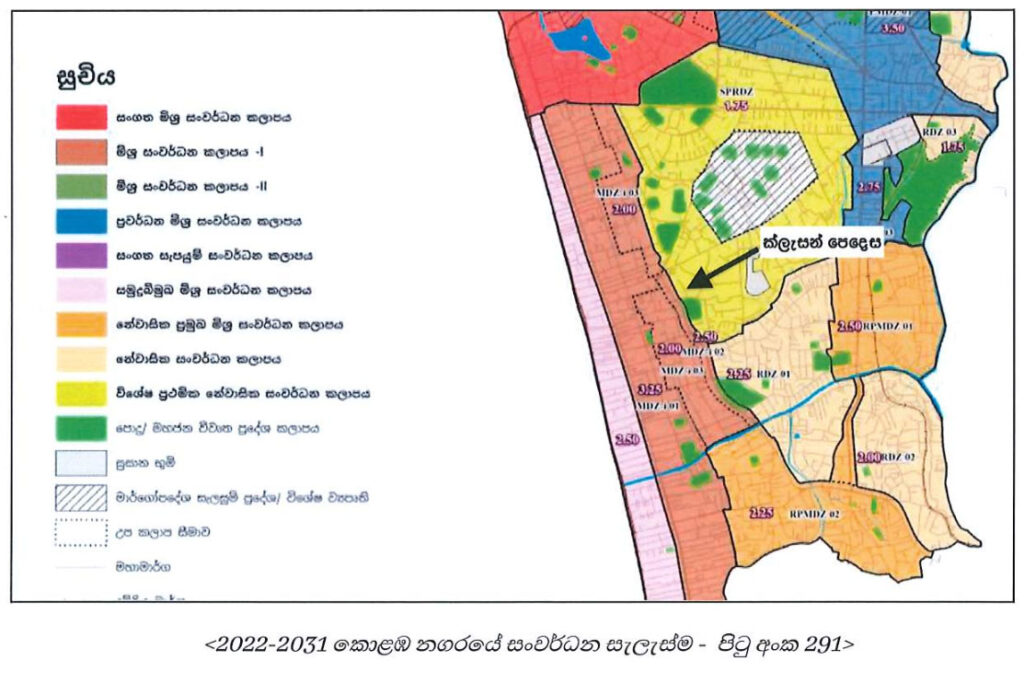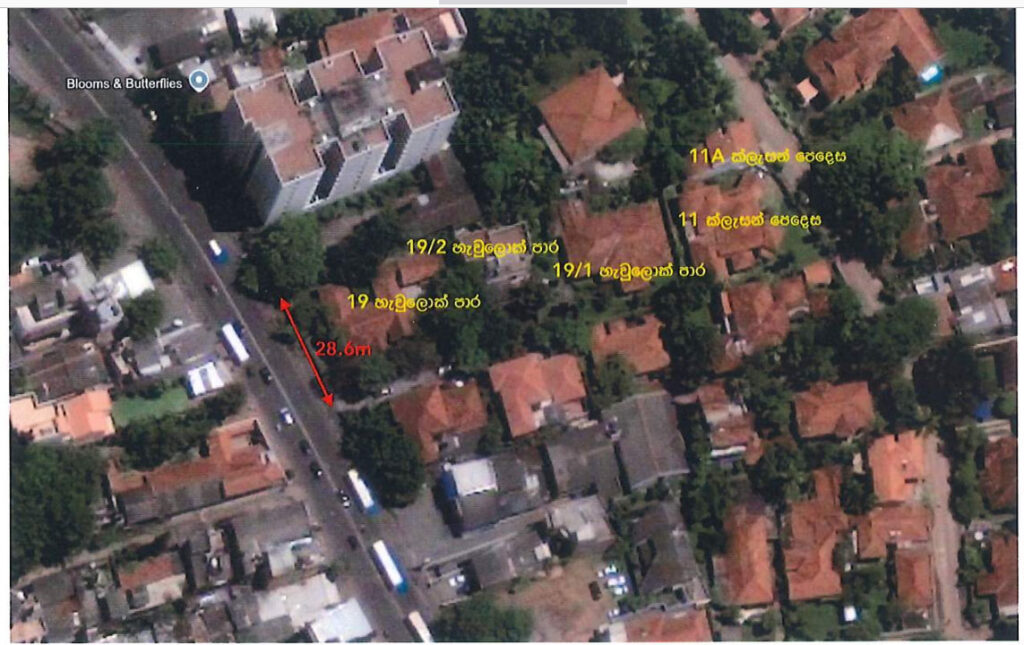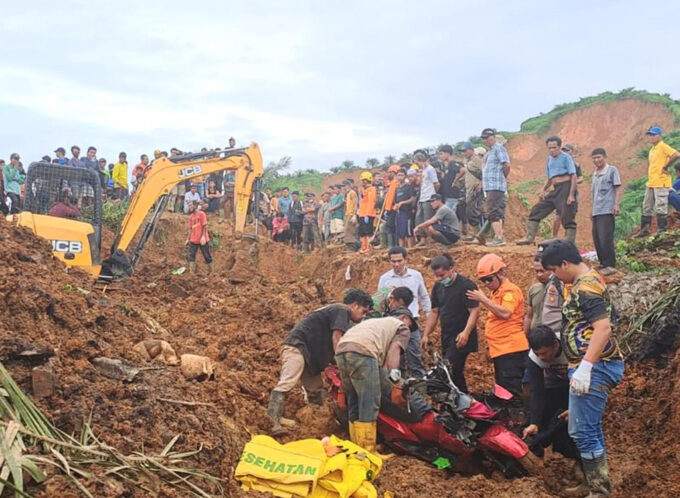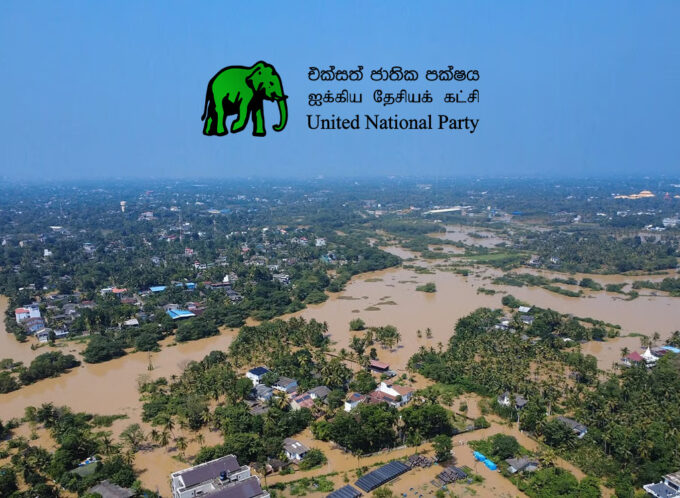Recent revelations with regard to a high-rise housing complex proposed to be built in the Colombo municipality area by Home Lands Skyline (Pvt.) Ltd. have raised serious issues with regard to legal continuity in urban planning and environmental sustainability.
Especially, granting approval to the project in clear violation of the UDA’s planning and zoning regulations and in disregard to public outcries poses a direct challenge to the present regime’s basic principles.

(1) Analysis of planning regulations and legal irregularities
The key legal and guideline violations observed in this project are:
1.1 Deviation from zoning policy
The land approved for the project is located in a UDA-declared special primary residential development zone (SPRDZ). The UDA Act no. 41 of 1978 and the related planning regulations (UDA’s 2021 planning and development directives/regulations) intend to maintain a specific land use pattern within SPRDZs. The aim is to preserve low-density residential and greens environmental characteristics endemic to such zones.
However, the UDA has interpreted that the land in question falls under a medium density mixed development zone on the basis of amalgamating two plots of land. This exemption in zoning interpretation to grant approval to a high-rise with a height of 120-130 metres, far surpassing the maximum 50 metres, can be treated as a legal anomaly.
1.2 Violation of frontage requirement
As per urban planning, a basic condition for high-rise constructions is that the frontage width of the land should be in excess of 30 metres. In this project, the frontage width is lower than that, but authorities have taken into account the width of a road in the rear and calculated it to be 40 metres. As per laws, development approval should consider regulations relating to the zone of the main entrance to the project, and not the width of a secondary access road. This appears to be a fraudulent interpretation of the regulations.

(2) Environmental and socioeconomic impacts
It is imperative to study consequences of environmental and socioeconomic impacts of major projects due to violation of regulations.
2.1 Environmental carrying capacity
According to petitions moved by the area residents against the project, a main issue in SPRDZs is water supply, surface drainage, sewage disposal and low carrying capacity of the road network. A high-density project poses massive pressure on the area’s infrastructure.
Water management: high-density constructions cause flooding as a result of changes in surface drainage. An environmental impact assessment (EIA) is a must under national environment act no. 47 of 1980 for a development project of this nature. Disregarding recommendations of an EIA could be damaging to environmental balance.
2.2 Harm to greens zone and right to quality environment
SPRDZs are maintained within Colombo city on a green city focused approach. Constructing a high-rise of 130 metres could result in the obstruction of the air space, access to light and urban heat island effect. That is against the basic right of urban residents to quality environment.
(3) Good governance and challenges to corruption prevention
This matter goes directly against the present government’s key election policy of corruption eradiation and accountability.
3.1 Bureaucracy and abuse
The very next day to the day approval was granted to the project, the subject minister and the chairman and director general of the UDA participated in the foundation laying for the project. That is evidence enough to show that the process has been meticulous and speedy. This can be interpreted as an institutional capture of regulations to serve the wants of the applicant private company.
Conduct of state officials: Acting against existing regulations could be an act of negligence of duty or criminal misconduct under the Bribery Commission act.
3.2 Public trust and transparency
Consequences of granting approval despite public outcries and judicial intervention is the collapse of public trust in state institutions. Incidents of this nature pose serious challenges to the governance model of transparency and accountability as aspired by the present government.
Conclusion and recommendations

The approval granted to the proposed high-rise project at Thummulla is a clear case in point of weaknesses in legal continuity in urban planning, environmental sustainability and good governance policies.
Therefore, subject minister Bimal Ratnayake should take the following steps immediately to establish the rule of law and for corruption prevention, key aims of the president and the cabinet:
Immediate suspension of the approval granted: Approval granted by the UDA should immediately be suspended, pending an extensive legal and environmental review.
An independent inquiry: An independent and impartial inquiry should take place into the violation of regulations and the conduct of UDA officials in altering documents.
Updating regulations: In order to prevent a recurrence, legal loopholes in the UDA’s zonal regulations should be identified and amended speedily.
A quick and reasonable solution only will ensure public faith in the government and in the protection of urban environment.


![People attend a vigil in memory of Mauricio Ruiz, a 32-year-old rapper killed in Wednesday's protests against Peruvian President Jose Jeri, in Lima, Peru, on October 16, 2025 [Sebastian Castaneda/Reuters]](https://pulseline.lk/wp-content/uploads/2025/10/vbvkdbask-150x150.jpg)








Leave a comment